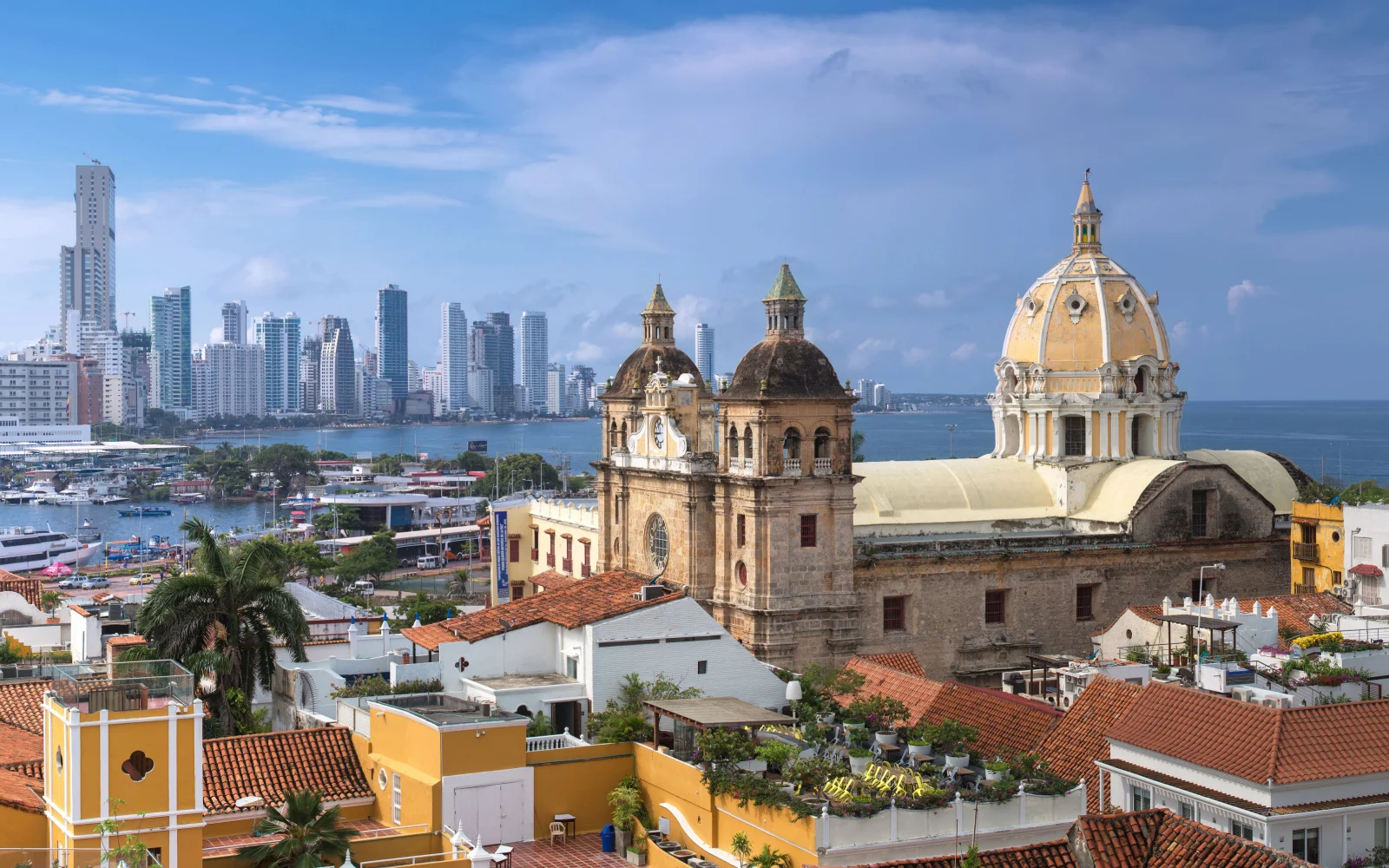Many fun facts about Colombia involve little-known facts that would easily nominate it as one of the best vacation spots in the world.
Did you know that Colombia offers such exciting experiences as humpback whale watching, snorkeling among colorful reefs, and guided Amazon Forest expeditions?
There’s even more about Colombia that motivates people to make the “Tierra de Sabor” (Spanish for “land of flavor”) their next vacation destination.
Horseback riding on mountain trails, kitesurfing over the warm, blue waters of the Caribbean, deep-sea fishing for blue marlin and sea bass, walking through cities built thousands of years ago — the list of things to see and do in Colombia is endless.
By the time you finish reading these 25 fun facts about Colombia, we think you will already be planning your next trip to this amazing South American country!
25 Fun Facts About Colombia
Learn fascinating information about Colombia that is intriguing and perhaps surprising to many people by reading these 25 most interesting facts. Ready to get started? So are we! Let’s dive in.
1. Colombia Has the Highest Biodiversity Rate in the World
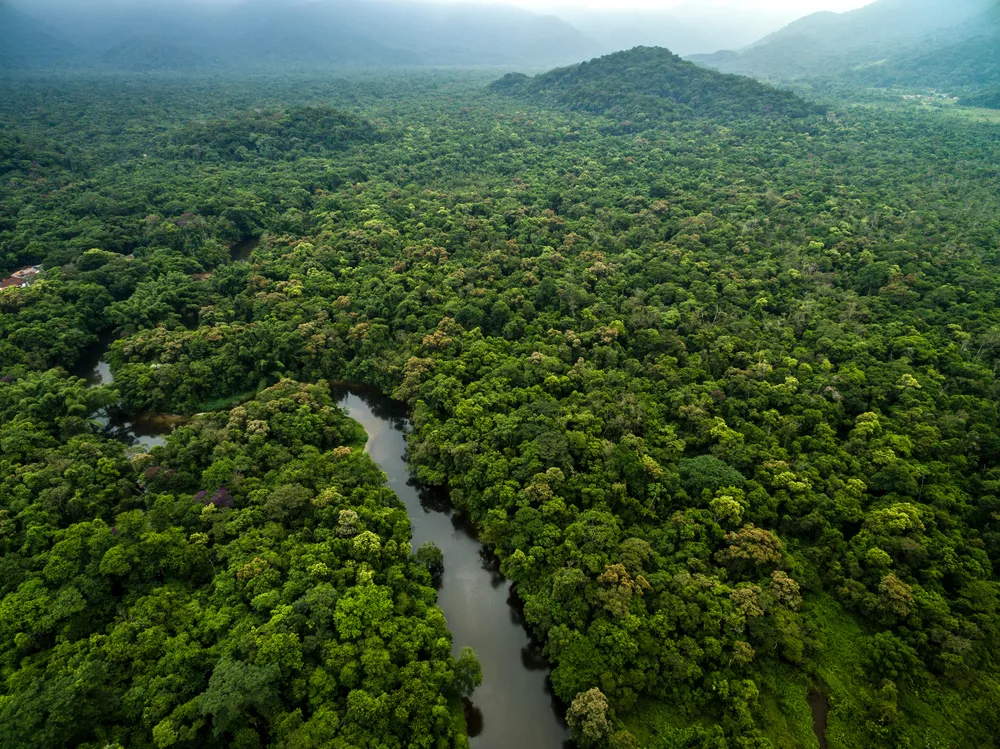
Gustavo Frazao/Shutterstock
With five different climate zones — tropical rainforest, mountain, steppes, savannas, and desert — influencing the growth of flora and fauna, Colombia is home to nearly 10 percent of all mammal species living on Earth.
2. Bogotá Is One of the Most Elevated Cities in the World
Built close to the apex of the Andes Mountains, Bogotá is the third highest metropolitan area in the world. At nearly 870 feet above sea level, Bogotá offers vacationers unforgettable views of the Andes Mountains and chillier than normal temperatures compared to other areas of Colombia.
3. Colombian Money Is the Colombian Peso
Although numerous South American countries use the peso, including Colombia, tourists cannot buy things with Colombian pesos in Argentina, Chile, or Mexico. That’s because each country’s peso is unique among other pesos.
So, if you are traveling from Chile to Colombia and have accumulated a lot of Chilean pesos, you will need to exchange them in Colombia for Colombian pesos.
4. Colombia Produces the Most Valuable Emeralds in the World
Embedded within the black shale rock found in the eastern Andes, Colombian emeralds are manufactured by three government and privately owned mining companies.
Providing three-quarters of all emeralds bought and sold by jewelers, Colombia is famous for its deep green, brilliant emeralds considered the rarest emeralds in the world.
5. The National Dish of Colombia Is the Bandeja Paisa
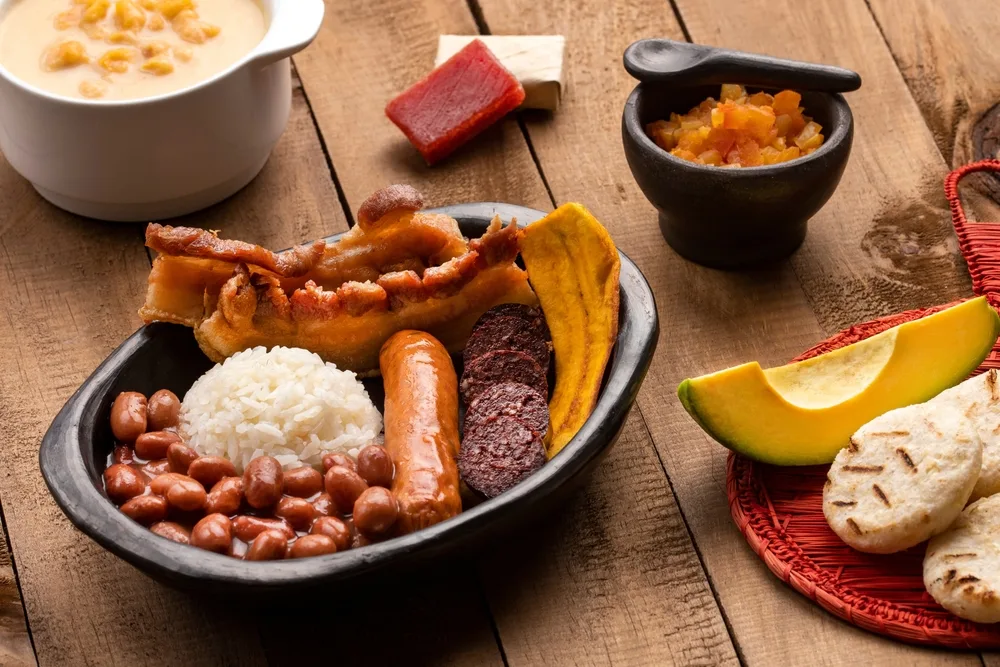
Luis Echeverri Urrea/Shutterstock
Served as a hot or warmed dish on large platters, Bandeja Paisa was originally a meal created by the campesinos (countryside people).
In 2005, the government proclaimed Bandeja Paisa as the national dish of Colombia. Ingredients include plantain, fried eggs, ground meat, pinto beans, white rice, black pudding, and avocado.
6. The River of Five Colors
A river resembling a liquid rainbow flows through the Serrania de la Macarena National Park which is unlike any other river in the world.
A unique combination of aquatic plants, microorganisms, and algae creates vividly hued shades of orange, blue, yellow, red, and green on the surface of the river.
7. The National Sport of Colombia Is Tejo
Invented 500 years ago by the Chibcha people, Tejo involves tossing metal pucks (tejos) into tablas (a sort of wood box). The tablas contain a solid metal object, like a pipe or large spring, that withstands the repeated impacts of the tejos.
What sets Tejo apart from other types of sports is the mechas, or the target of the tejos. Mechas are small casings that contain enough gunpowder to generate the sound of a gun being fired.
8. Palm Trees in Colombia Are Really Tall
Colombia’s national tree, the wax palm, reaches a stunning height of 200 feet when mature. For perspective, 200 feet is 40 feet over half the length of an American football field.
Preserving wax palms is especially important to endangered birds in Colombia that make their nests only in wax palms. Today, the wax palm is legally protected under Law 61 in Colombia, which forbids chopping down wax palms.
9. No Winter, Summer, Spring, or Fall Seasons in Colombia. Just — Dry and Wet!
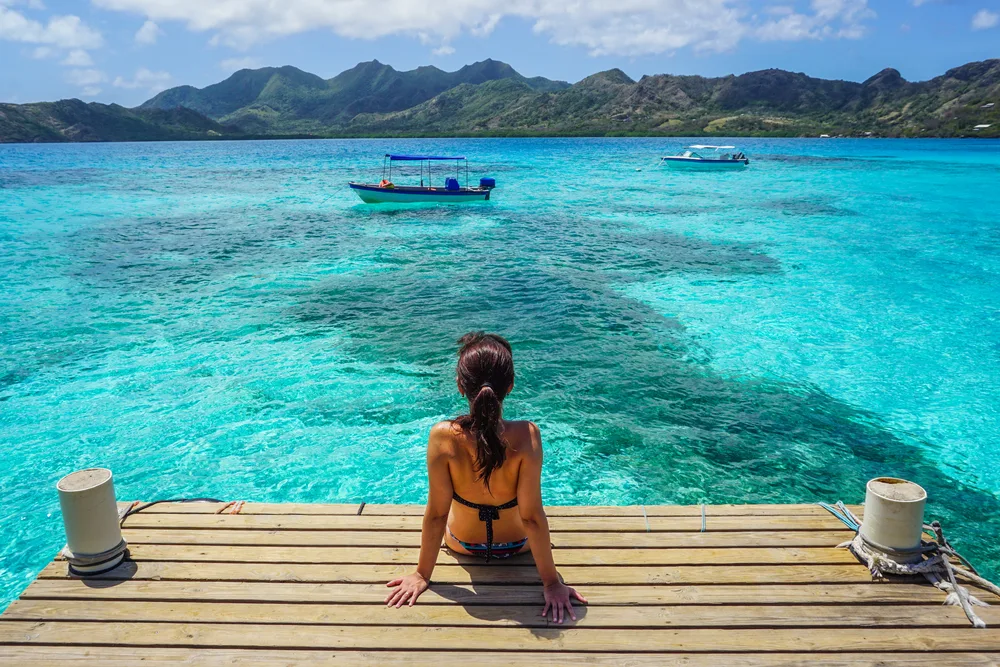
Larissa Chilanti/Shutterstock
Colombia’s nearness to the equator means temperatures remain unusually stable throughout the year. Consequently, Colombians don’t experience changing seasons.
Instead, their seasons consist of the monsoon season (May to November) and the dry season (December to April). In addition, having only two seasons means the sun sets around 6:00 pm every day of the year.
10. A Calendar Full of Holidays
Colombian employees have something to look forward to that most people only dream about — at least 18 paid days off from work every year. That’s because Colombia recognizes 18 national holidays that entitle workers to one or more days off.
National holidays in Colombia range from the typical New Year’s Day on January 1 to the Declaración de la Independencia de Colombia on July 20 and La Inmaculada Concepción on December 8.
11. Colombia Is 1/3 Amazon Rainforest
The estimated size of the Amazon rainforest exceeds two million square miles. Colombia contains about 10 percent of the Amazon rainforest.
Much of the Colombian area of rainforest still unexplored because of its inaccessibility. More specifically, the Amazon jungle comprises around 30 percent of Colombia’s total land mass.
12. Most of Colombia Is Inhabited by Indigenous People
Less than five percent of Colombia contains residential and commercial buildings. Only in the capital of Bogotá and major cities like Cartagena and Barranquilla will you find homes and businesses constructed of clay bricks.
Indigenous people in Colombia build homes from resources found in nature — trees, palm fronds, tough grasses weaved into roofs, clay, and other items.
13. No Visa Is Necessary to Visit Colombia
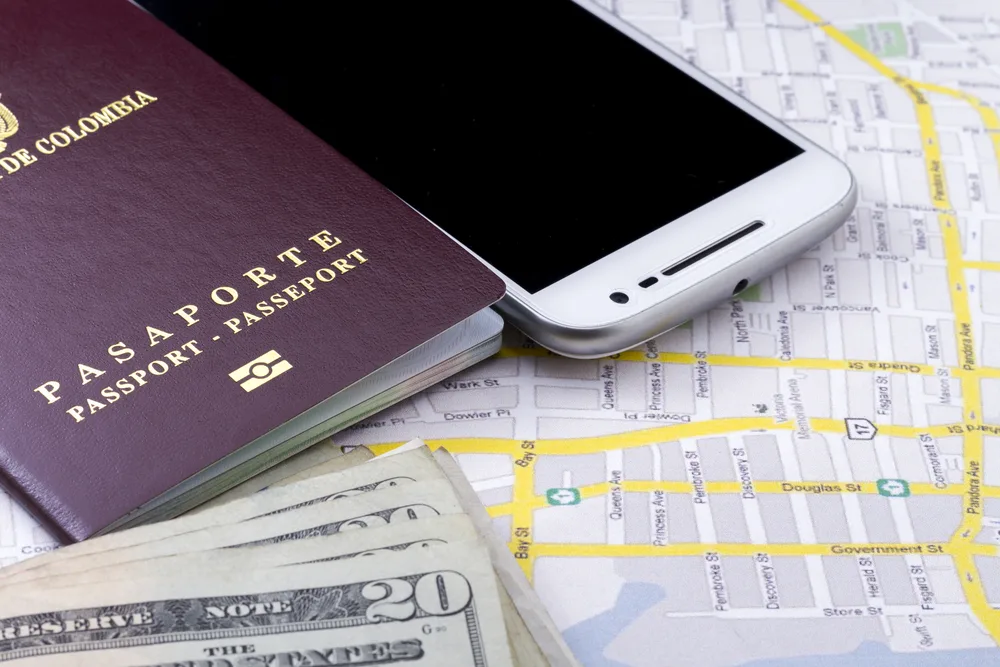
Alexander Ruiz Acevedo/Shutterstock
Visitors can stay in Columbia for up to 90 days with a valid passport. Passports must be at least six months from expiring to be considered valid.
Passports should contain one blank page for the entry stamp unless the visitor is enrolled in a frequent traveler’s program called Migración Automática.
14. Sugar Is in Everything
Colombians love sugar so much that they even flavor their alcohol with it. Flavored with aniseed and derived from sugarcane, aguardiente is a popular liqueur served in the Andean region of Colombia.
Since aguardiente is just 29 percent alcohol, it is typically drunk neat. Aguardiente is reported to taste like black licorice and has a crisp alcohol-powered sweetness that goes well with meat dishes.
15. Colombia Is Home to the Second Oldest Surviving City in South America
Founded in the early 1500s, Santa Marta is a Caribbean Sea coastal city in northern Colombia established six centuries ago by Rodrigo de Bastidas.
A Spanish conqueror who forced the Chibcha Indians out of their homes, Bastidas claimed Santa Marta as a Spanish settlement and the property of the Viceroyalty of Peru.
16. Same Time ALL the Time in Colombia
Colombia has its own time zone called “Colombian Time” (COT). With no daylight savings changes to deal with, Colombia’s clocks never have to be set back or pushed forward.
COT is simple to use as well. When it is 3:00 p.m. in New York City on any given day, it is 2:00 p.m. in Columbia on that same day.
17. Colombia Is Actually a Big Country
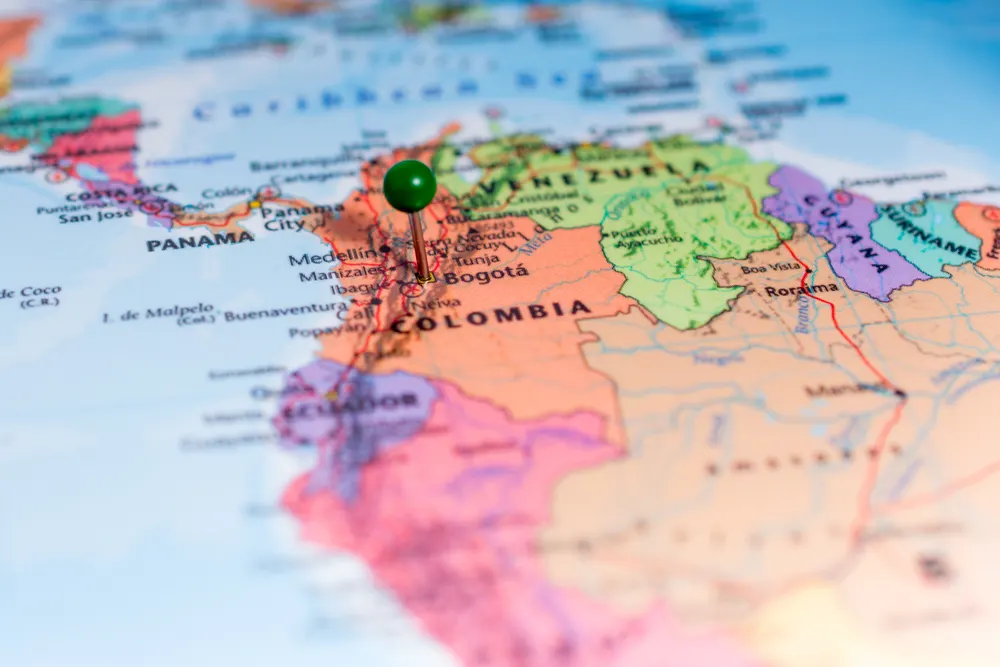
EBPhoto/Shutterstock
Although Columbia appears to be an average-sized country on South America maps, it’s actually twice the size of Spain or France Or, you could compare Columbia’s size to the length of the Pacific coastline spanning Washington, Oregon, and California.
They’re the same length! In fact, out of the 195 countries in the world, Colombia ranks #25 in size.
18. San Jacinto Pottery Is the Oldest Discovered in South and North America
Pottery crafted by hunter-gatherer tribes between 5000 BCE and 4000 BCE found in the town of San Jacinto represents the oldest pottery ever unearthed in the Americas.
Located in northern Colombia, San Jacinto is famous for the petroglyphs, a fascinating collection of stone figures carved by the Zenú tribe that embody the gods they once honored.
19. A Colombian Engineer Invented the External Artificial Pacemaker
Born in Bogota, Columbia in 1936, bioengineer Jorge Reynolds Pombo invented a pacemaker that could be worn outside the body and powered with a simple, 12-volt battery.
In 1958, Pombo’s external pacemaker was used on a patient for the first time. In 2011, Pombo introduced a pacemaker to the medical world that was no bigger than about half the size of a grain of rice.
20. Colombia’s Health System Is Better Than the U.S. Health System
When the World Health Organization issues its ranking of global healthcare, Colombia is consistently in the top 30 countries providing excellent medical care.
Life expectancy in Colombia has increased dramatically over the past 50 years and is comparable to life expectancies in North America and Europe.
21. One of the Most Poisonous Animals in the World Lives in Colombia
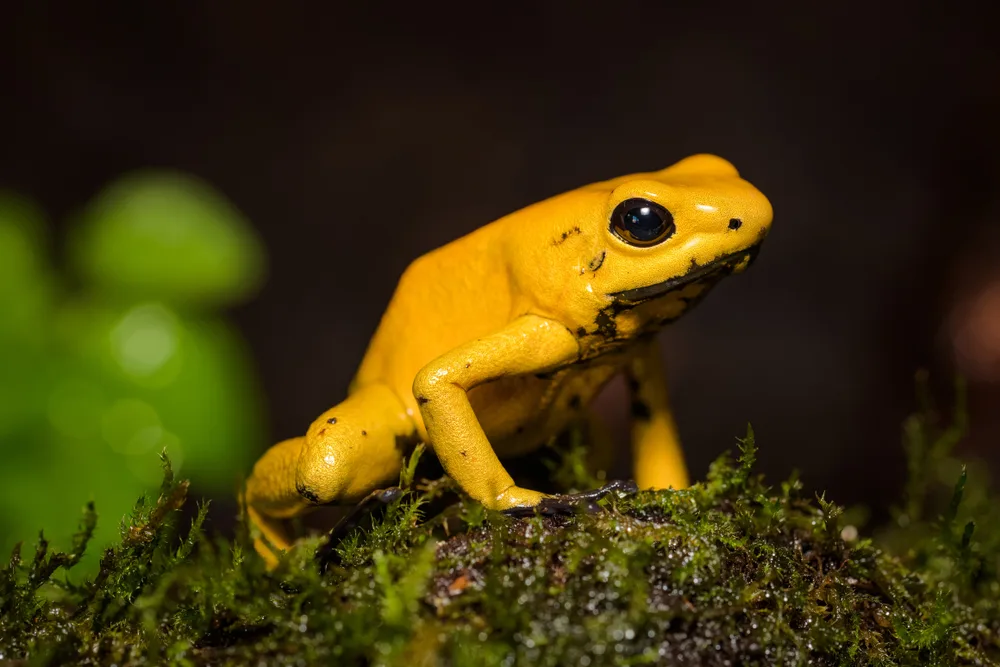
Thorsten Spoerlein/Shutterstock
Found only along Colombia’s Pacific Coast in the rainforests, the golden poison arrow frog secretes a toxic alkaloid that can kill predators that consume the frog. Just touching the skin of the golden poison arrow frog will cause serious illness in humans.
22. The Alcatraz of South America
At one time, a notorious prison operated on Gorgona Island, a mostly forested island located just 20 miles off the Pacific coastline of Colombia.
Shut down in 1984, this infamous penal colony is now an abandoned prison almost hidden by dense jungle. Today, Gorgona Island is a national park teeming with beautiful Colombian birds and other wildlife.
23. Ants Make Great Snacks in Colombia
Leaf-cutter ants are considered a delicacy in Santander, Colombia. During rainy season months, you can buy roasted or fried leaf-cutters from street vendors who harvest the ants themselves.
In addition to providing high amounts of protein, the locals believe these ants harbor aphrodisiac qualities!
24. Altro de Letras — the Longest Bicycle Path in South America
Located in central Colombia, the Altro de Letras begins at San Sebastian de Mariquita and is nearly 50 miles long.
Although the route is paved, bicyclers will continuously ascend as pedal past breathtaking views of Colombia’s countryside. Start the trek early in the morning before the route becomes busy with traffic.
25. Colombian Public Television and Radio Plays the National Anthem Twice Every Day
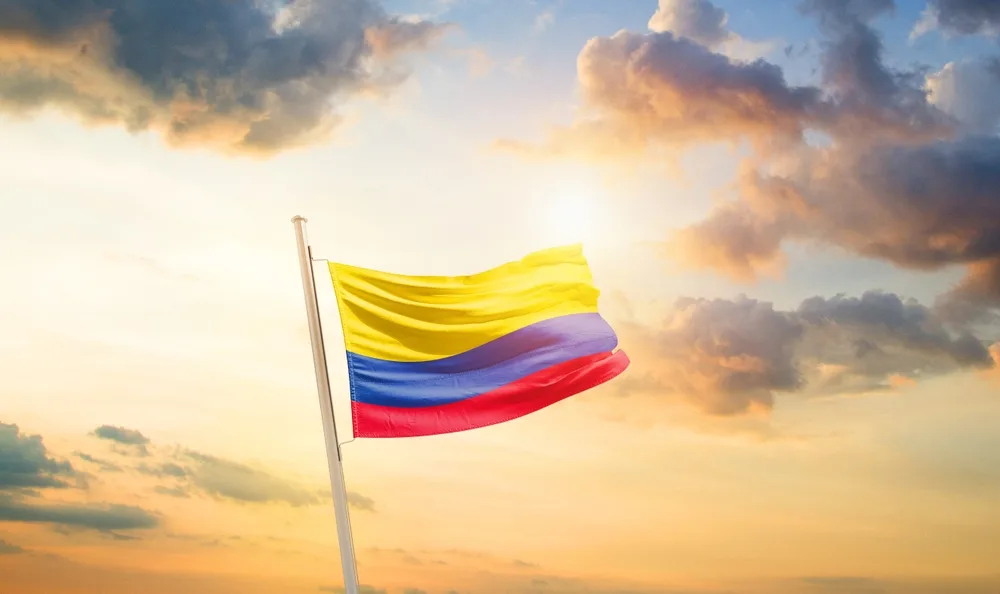
em_concepts/Shutterstock
At 6:00 a.m. and 6:00 p.m. each day, Colombians hear their national anthem (Himno Nacional de la República de Colombia) played on TV and radio. In 1995, the government passed Law 198, a law making it mandatory to play the national anthem at these times on radio and non-cable channels
Frequently Asked Questions
Can I Travel to Colombia Without a Visa?
Yes. All you need upon landing in Colombia is a valid passport and proof of a return airline ticket to receive a tourist visa that is good for 90 days.
Do I Need Certain Vaccinations Before Visiting Colombia?
As long as visitors are up-to-date on standard vaccinations like polio and chickenpox, there are no other vaccinations needed to enter Colombia. However, it is recommended that visitors get vaccinated against typhoid, hepatitis A, and malaria if they plan to travel to Amazonia.
Is the Water Safe to Drink in Colombia?
Tap water is perfectly safe to drink in all major cities. When traveling outside urban areas, the quality of drinking water varies. Drink bottled water outside cities or use filtered, reusable water bottles to help purify tap water.
What is the Exchange Rate?
To find the current exchange rate of your currency with the Colombian peso, use this currency converter here: https://www.oanda.com/currency-converter/en/?from=COP&to=USD&amount=1
Do I Need to Show a Negative COVID Test When You Land in Colombia?
No, Colombia dropped vaccine requirements and negative testing for COVID earlier this year. All international visitors can enter Colombia without proof of being vaccinated for COVID.
Over to You — Book Your Trip to Colombia Today!
With so much to see and do in Colombia, what are you waiting for? Book your trip today and experience for yourself all that Colombia has to offer. Happy travels!



